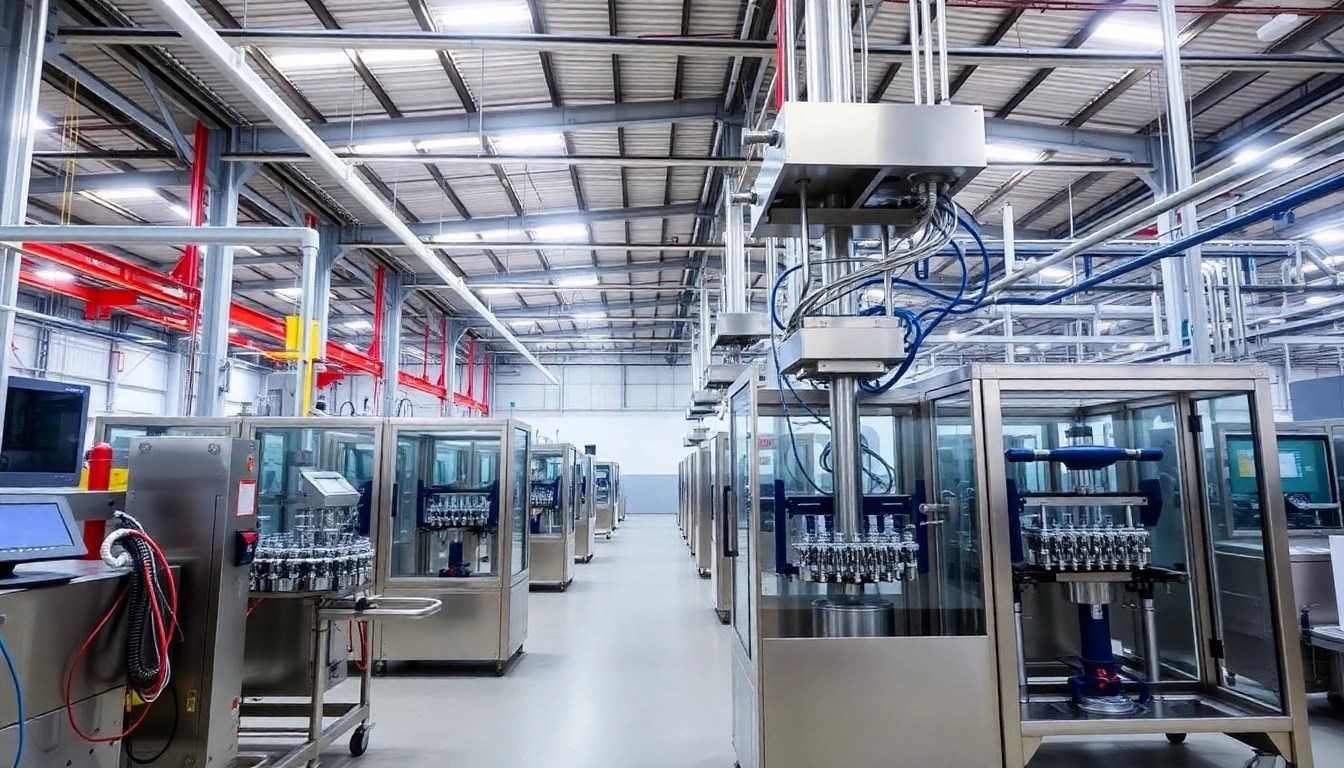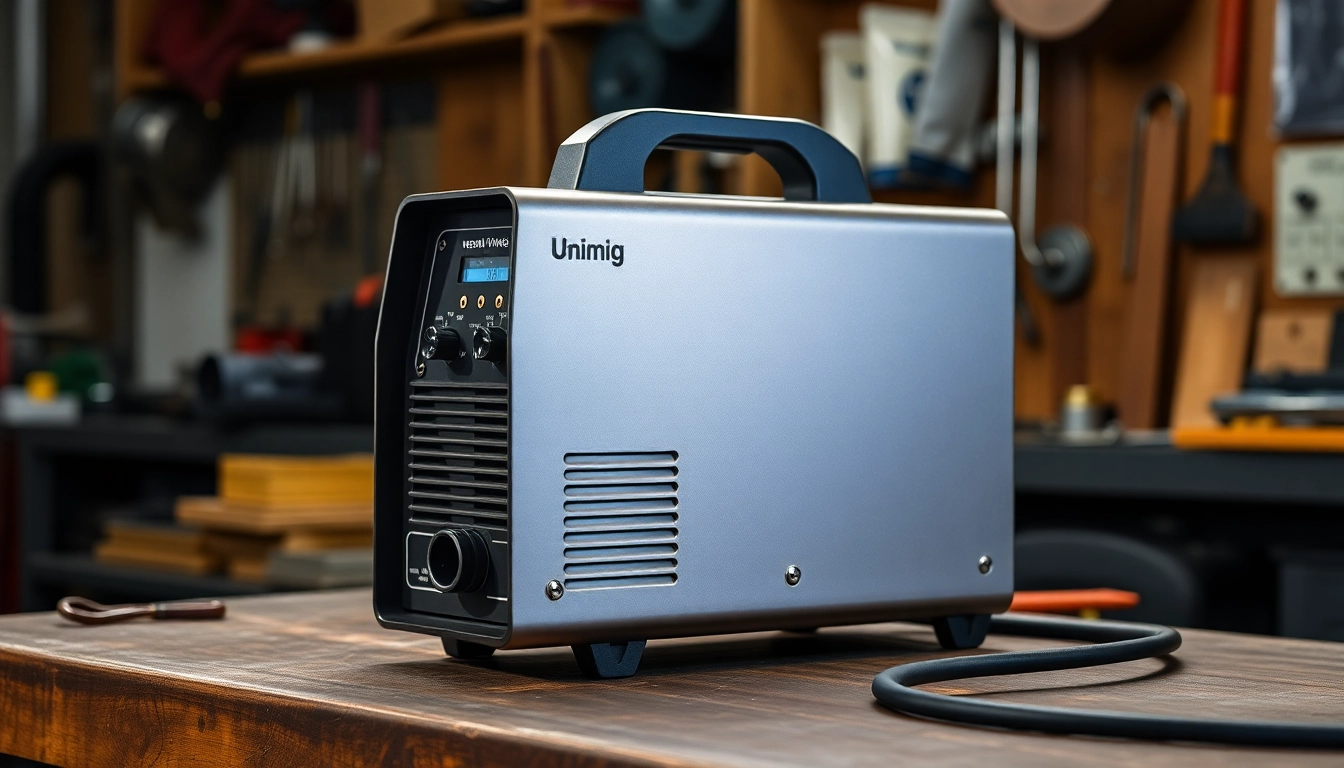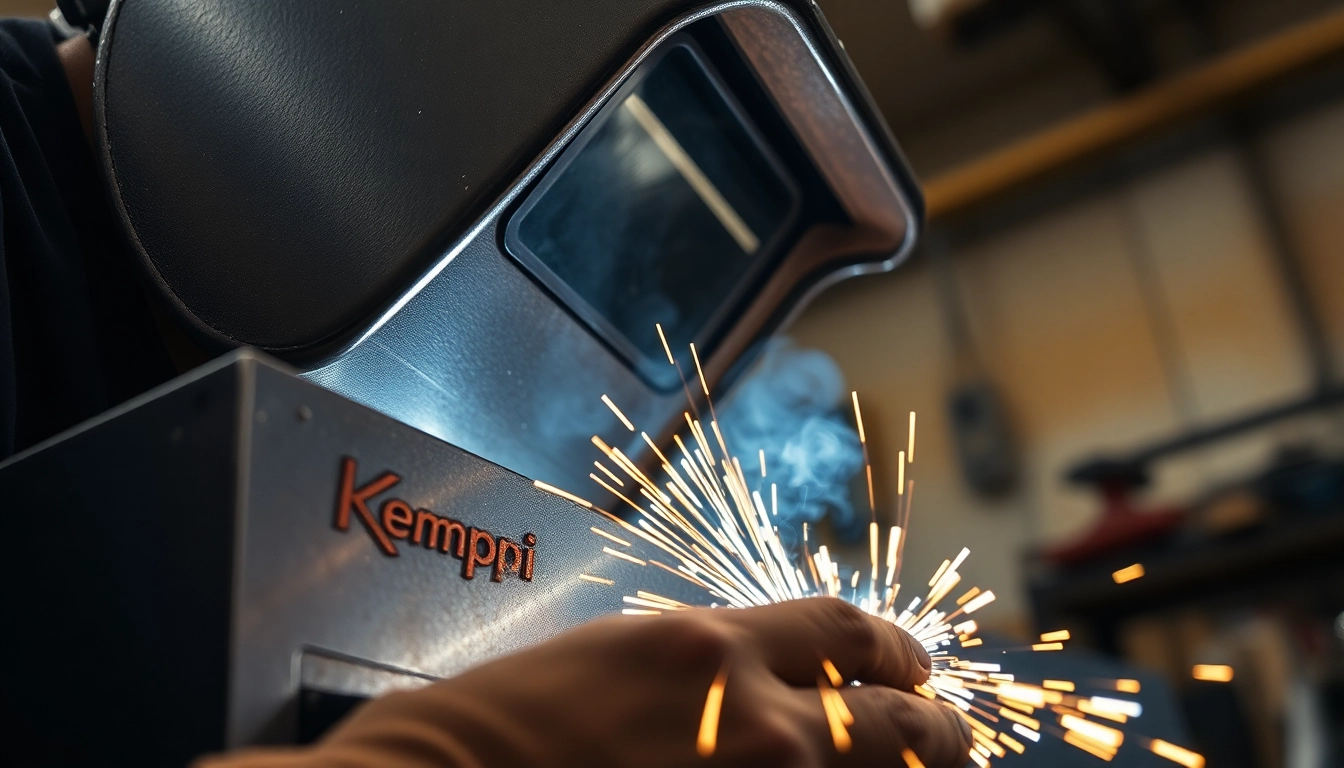Understanding Filling Machine Technologies
Filling machines are essential equipment in the packaging industry, playing a crucial role in ensuring that products are efficiently and accurately dispensed into containers of various shapes and sizes. As the demand for productivity, precision, and efficiency grows across various sectors, understanding the technologies behind filling machines becomes increasingly important. In this article, we will explore various types of filling machines, how they function, and their applications in different industries. We’ll also delve into the significance of selecting reputable filling machine manufacturers to ensure quality and reliability.
The Different Types of Filling Machines
Filling machines can be categorized based on the type of product being filled, the filling technique employed, and the design of the machine. Here are some prevalent types of filling machines:
- Gravity Fillers: These devices rely on gravity to dispense liquids. They are ideal for non-viscous liquids and are commonly employed in the food and beverage sector.
- Piston Fillers: Using a piston mechanism, these machines are able to fill both thin and thick liquids accurately. They are particularly useful for products with varying viscosities.
- Vacuum Fillers: Designed for precise filling of containers, vacuum fillers remove air from the container before liquid is introduced, thus minimizing foaming and ensuring accuracy.
- Pressure Fillers: Pressure fillers utilize pressure to dispense the liquid into jars or bottles. They are especially effective for thicker products like sauces or creams.
- Auger Fillers: These machines are typically used for powdered products. They utilize an auger screw that delivers precise quantities of powder into the container.
How Filling Machines Work
Filling machines function through a combination of mechanical and electronic systems that control the filling process. The working mechanism varies depending on the type of machine but generally involves the following steps:
- Detection: Most modern filling machines incorporate sensors to detect the absence or presence of a container. This step ensures that no valuable product is wasted.
- Filling Action: Depending on the type of machine, filling can occur through gravity, pistons, or vacuum pressures, accurately delivering the right amount of product into the container.
- Sealing and Capping: After filling, the containers may proceed to a capping or sealing station, ensuring that they are closed securely for storage or transport.
Common Applications in Various Industries
The versatility of filling machines enables their use across various industries:
- Food and Beverage: Filling machines are extensively utilized for bottling beverages, canning food products, and packing sauces and dressings.
- Pharmaceutical: In the pharmaceutical sector, these machines play a crucial role in accurately dosing liquid medicines and filling capsules and syringes.
- Cosmetics and Personal Care: Filling machines are employed to fill products like lotions, creams, shampoos, and perfumes, where precision and cleanliness are paramount.
- Chemical: The chemical industry uses filling machines for products such as detergents and cleaning agents, ensuring safe handling of potentially hazardous liquids.
Top Features to Look for in Filling Machines
When selecting a filling machine, it’s vital to consider specific features that directly impact the performance and efficiency of the machine. Here are essential features to evaluate:
Speed and Efficiency Metrics
Speed is often a critical factor in production environments. The efficiency of filling machines is typically measured in terms of fills per minute. Different filling machine designs will have varying speed capabilities, so it’s essential to select a machine that aligns with production demands without compromising accuracy. Manufacturers may provide performance metrics to compare machines effectively.
Precision Mechanisms and Calibration
The accuracy of a filling machine directly influences product quality and customer satisfaction. Precision mechanisms, such as electronic filling systems, can help ensure that each container receives the exact amount of product. Additionally, regular calibration is critical for maintaining precision. Look for machines that offer easy calibration methods and incorporate automated adjustments.
Safety Standards and Compliance
Compliance with industry safety standards is crucial for filling machines, especially in sectors such as food and pharmaceuticals. Select machines that meet regulatory requirements, including those related to hygiene, material safety, and operational safety. Some filling machine manufacturers may also offer certifications that attest to their adherence to safety and quality standards.
The Importance of Choosing Reputable Filling Machine Manufacturers
Choosing a reputable filling machine manufacturer can significantly impact the reliability and efficiency of your production line. Here are key reasons why this consideration is crucial:
Evaluating Manufacturer Reputation
The reputation of a filling machine manufacturer often reflects their dedication to quality and innovation. Organizations that have been in business for a long time, have numerous customer testimonials, or have received industry awards may be more trustworthy. It’s beneficial to conduct thorough research and read reviews from past clients.
Assessing Customer Support and Service
Reliable customer support can make a difference when issues arise with machine operation or during maintenance. Choose manufacturers known for excellent customer service, quick response times, and accessible technical support teams. Additionally, a strong after-sales support program that includes training sessions and maintenance services is advantageous.
Long-Term Maintenance and Parts Availability
Long-term maintenance is crucial to keeping filling machines operational. Manufacturers that provide easy access to replacement parts and maintenance services ensure that you can sustain productivity without long downtimes. Investigate whether the manufacturer offers warranties and service plans, as well as the availability of spare parts.
Cost Considerations When Selecting a Filling Machine
Budgeting for a filling machine involves understanding both initial and ongoing costs. Here are important financial considerations:
Budgeting for Initial Investment
The initial cost of a filling machine can vary widely based on its type, features, and brand. When budgeting, consider not only the purchase price but also any installation and training expenses. Financing options or leasing arrangements may be available, particularly for larger manufacturers.
Estimating Operational Costs
Operational costs are ongoing expenses associated with running filling machinery and may include utility costs, labor, maintenance, and repairs. Automating more processes might lead to higher upfront costs but can reduce operational costs in the long run. It’s essential to calculate the total cost of ownership over the machine’s lifespan to make informed decisions.
Value vs. Price in Purchasing Decisions
When considering machinery acquisition, it’s crucial to focus on value rather than just price. A less expensive machine might not deliver the necessary precision or efficiency, resulting in higher operational costs or a drop in product quality. Weighing the quality, features, and warranty policies against the price can lead to a more informed purchase that supports long-term productivity goals.
Future Trends in Filling Machine Manufacturing
The filling machine landscape is evolving rapidly, propelled by technological advancements. Here are some future trends that are already shaping the market:
Automation and Smart Technologies
Automation is transforming the manufacturing landscape, and filling machines are no exception. Smart technologies, such as IoT (Internet of Things) integration, enable real-time monitoring and data analysis to optimize production. Machines equipped with sensors can track performance metrics, alert personnel to issues, and facilitate predictive maintenance, all leading to increased efficiency.
Sustainability and Eco-Friendly Practices
As companies face increasing societal and regulatory pressure to adopt eco-friendly practices, filling machine manufacturers are producing equipment designed to minimize waste and energy consumption. This trend includes machines that utilize minimal materials for packaging or promote recycling and reusability. Implementing sustainable practices can enhance a company’s reputation while reducing operational costs.
Innovations Shaping the Future of Filling Machines
The future of filling machines also lies in innovation. Advancements such as fully automated filling lines, machine learning algorithms for enhanced precision, and adaptive filling processes are on the horizon. These innovations promise to revolutionize how products are filled and packaged, delivering improved speed, accuracy, and operational flexibility.



